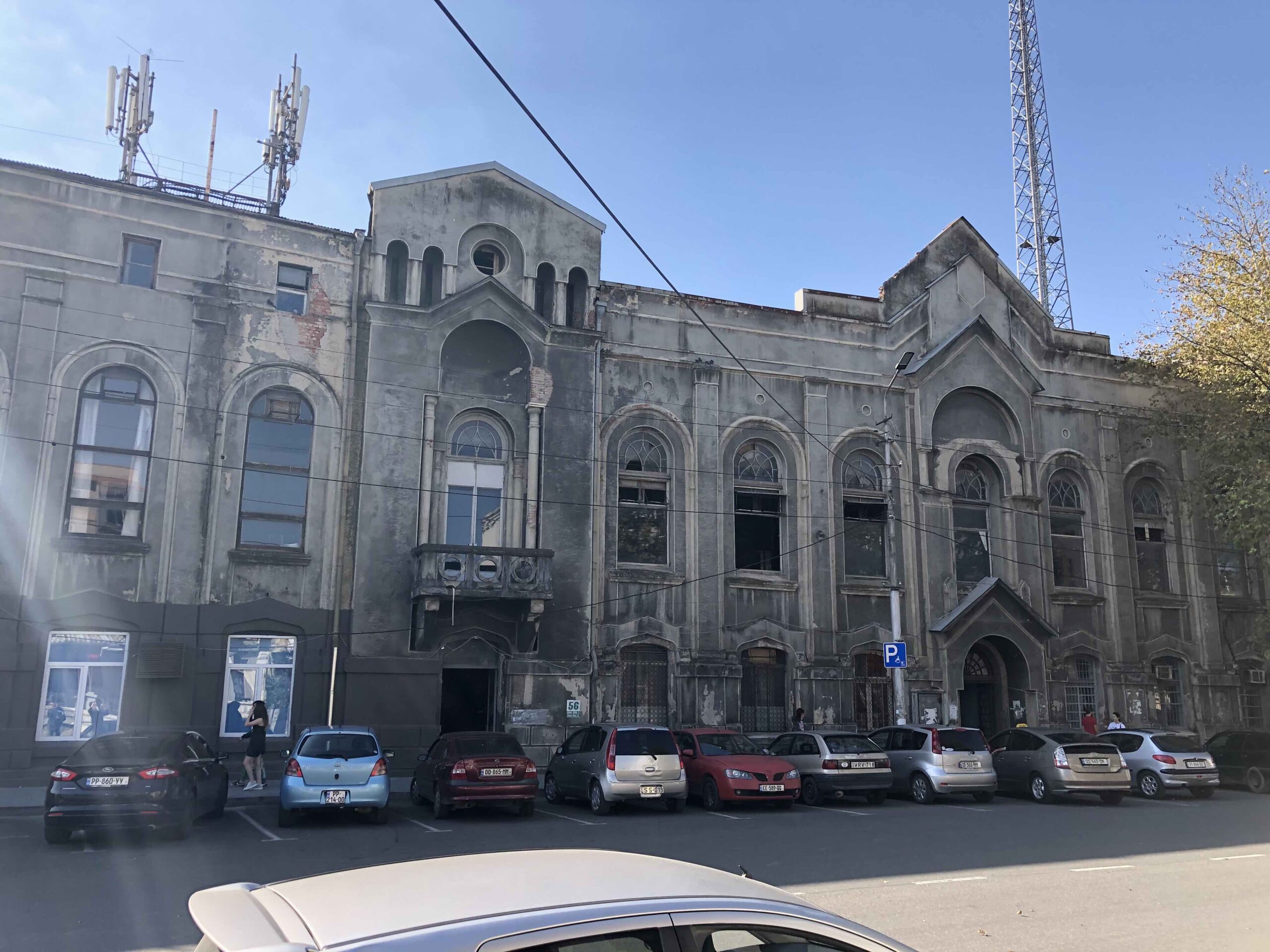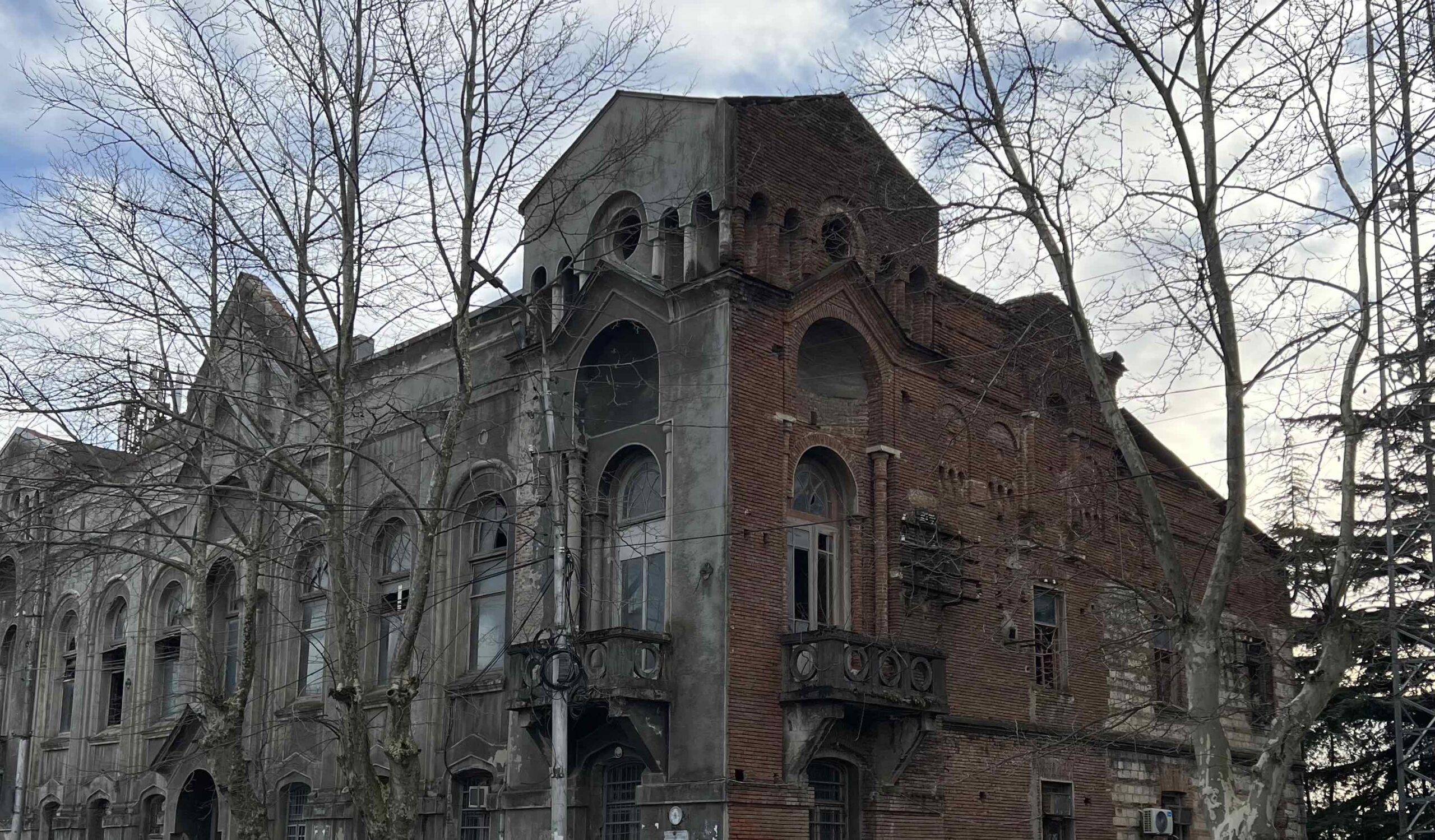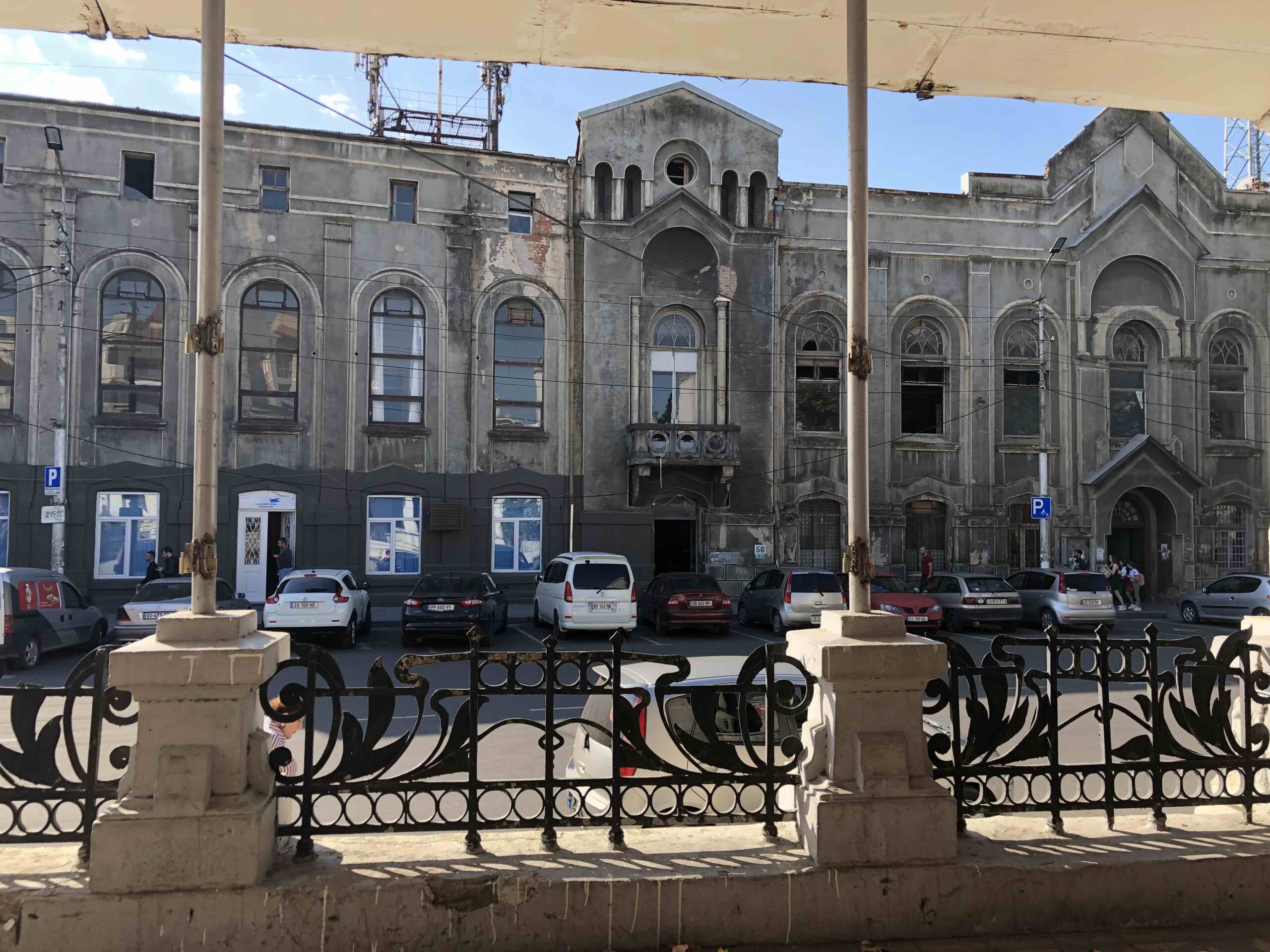
“This is a living document that serves as a basis of discussion for realising a modern academy of creative technologies. It combines best practices, leverages technologies, and highly ambitious. We believe there could be an innovative, world-class and well-rounded education by smart use of resources.” – Alexander Hartveld (President of Leni Academy 2021-2024)
Programs, Projects, and People
On an abstract level, initiatives can be divided in these three categories. Programs are educational offers for people to engage in, projects are creative challenges that prove competences, and people are the main power behind a successful school.

Self-organising democratic systems
Despite a limited liability company being simpler, we decided for the more complex but democratic non-profit association. It has members, which elect a board. Then the board members elect a chairperson, a vice-chairperson, and distributes other roles and responsibilities among each other. Through their work, they get skills required for constructive communication, planning, and action.
Like in student associations in the Netherlands and Scandinavia, students are expected to take part in committees (or circles is probably a better name) and also actively shape the creation of experiences
Entrepreneurial systems
The project-, and team-based way of working is the norm in most high-performing companies. Students receive a series of basic trainings and workshops to develop the required skills, and are guided through a semi-structured and effective process for each project. Also, programs and projects can be supported by companies as employee training, talent scouting, or outsourcing. This can be a source of sponsoring through modern equipment, internships, scholarships, and paid projects.

Open and free space
We’re partly inspired by Nordbahnhalle, a project where a temporary space was so successfully made available to a variety of actors and activities that it almost became a permanent space.
Our dream would be to revive the Old Post Office of Kutaisi on Mepe Tamar, and turn it into an educational space for the city. Due to its high ceilings and storage rooms, it is most suitable as a public space with a lot of light.
Unfortunately, it has burned down. So the only way to support this public building would be a collaboration between international architecture universities to revive it. Many cities have abandoned buildings, and it could be an interesting case study to turn this into a learning hub.
The building is a public building. The high ceilings make it unsuitable for a hotel, the design from 120 years ago was as a public place. Where Kutaisi citizens would pick up their post from far away.
The model that might work would be a temporary and shared usage of variable length, where people, projects, and programmes can apply for 3 days, 3 weeks, 3 months, 3 years, or something similar. This would allow most people to benefit from this space, while also making it easier to reach its full potential. A board of stakeholders can decide quickly and effectively on the usage based on several factors.
First principles
- It has never been easier to start a quality art and sciences academy.
- Professional tools are essential, and AI makes it easier to learn skills.
- Sharing resources can be both useful and challenging.
- The world and the way we learn is changing rapidly and needs spaces to experiment with creative solutions.
- Collaboration is key in achieving higher goals, its what’s behind every human success.
- Georgia is an interesting country, making international collaborations possible (especially from cities connected to Kutaisi Airport)
Sample Programs
- CS50 Kutaisi, a programming introductory course from Harvard, presented locally.
- Reading and presenting start-up literature in English
- Language Programs. Can Georgia become one of the most multi-lingual countries in the world? Most people already speak 3 languages and have an interest in learning more.
How to start?
- Building
- Finance
- Content
- Company Partnerships
- Students
- Architecture Students
- Agreeing on structures
We believe Kutaisi can be mother to one of the best art and crafts university networks in the world
Appendix A: An example how Board Member Roles are divided in the Netherlands
UUMUN is managed by five Board members: the President, Secretary-Treasurer, Head Public Affairs, Head Corporate Relations and Head Content. Together they are responsible for governing the foundation. They therefore do not merely engage with daily issues, but also focus on long term policy making, the financial wellbeing of the foundation and preserving UUMUN’s core values and qualities. The Board members also form part of the delegation and therefore fulfil a double function. They manage UUMUN, but will also attend the MUNs at Oxford and Harvard as a delegate.
President
As President, I oversee all general matters. This means that I am at the head of the Board and maintain close ties with all delegates.
The President’s task comprises of many different tasks, such as chairing the Board meetings, signing contracts and upholding a good atmosphere within the Board as well as within the Delegation. On top of this, the President has the ultimate responsibility of everything that goes on within UUMUN. Therefore I work together closely with the Board and support, consult or guide them when needed in order to make sure all decisions are aligned with UUMUN’s policy. Furthermore, I am responsible for UUMUN’s promotion.
I learn a lot from working together with the Board and delegates: everyone is critical, creative and solution-oriented. That is the most insightful part.
Secretary-Treasurer
As the Secretary-Treasurer of UUMUN, it means I carry out a multitude of different roles. Foremost, I am responsible for the financial policy of the foundation and I carry out the secretarial tasks. Additionally, I was given the job to organize the trips to the United Kingdom and the United States of America, where we will take part in the Model United Nations of Oxford and Harvard. Prior to the Harvard MUN, the delegation will also go to New York for a week, and I will also do the organizational aspect of this trip. The financial health of UUMUN will be a central aspect of this year. It is my job to keep an overview of all expenses and income and I will keep an eye on the financial state of the foundation. The combination of having a critical view as the Secretary/Treasurer and the freedom of making a program as the organizer of the trip together with the delegation make a nice combination. To be able to perform my tasks well, it will require good coordination with my fellow board members and that is how I become more involved with their tasks. That diversity makes my position even more fun!
Head Corporate Relations
This year, as Head Corporate Relations, I, together with Team Corporate Relations, will be busy making new and maintaining old partnerships with partners in the private sector. It is both my honour and privilege to work together with large (international) firms, varying from top law firms to energy providers and consultancy groups to sustainable initiatives. In the beginning stages of the new UUMUN year, my team and I start brainstorming on ways to promote UUMUN’s standing. Acquiring a list of interesting potential partners, making contact with them and eventually organizing inhouse-days where our delegation and other students can improve their soft skills via training by professionals. This is a highly exciting and interesting process. Furthermore, my function entails chairing my team’s weekly meetings and making sure that I keep an overview of our connections and events. Moreover, I am responsible for keeping our extensive alumni network up to date. Over 250 UUMUN alumni make up an elaborate network of ambitious, driven and successful people. Via monthly newsletters and by organising alumni-borrels, both the delegation and I get the privilege of meeting them – it is truly inspiring to see the variety of places they end up. The fact that being Head Corporate Relations allows me to meet so many interesting people working at various firms is just one of the most enjoyable things about the function. The most satisfying of all is the room for creativity that comes with heading Team CR: together with my team, I am able to organise events on topics and with firms of my own choosing – whether this is because of actuality, international standing or personal interest.
Head Public Affairs
This year I have the honour to fulfill the dynamic role of Head Public Affairs. This means that I am responsible for maintaining a good relationship with Utrecht University and raising funds and subsidies from the public sector, with the help of Team Public Affairs. As Head Public Affairs, I lead the team meetings every week and it is my responsibility to keep the overview. My goal is to put UUMUN on the map within the city of Utrecht even better this year and, when possible, outside of it as well. We do this partly by organizing two major events and the UUMUN Academy. Through these events, students are actively encouraged to think about global issues and, at the same time, are trained in diplomatic skills. In addition to organizing these events, we also sell the UUMUN Masterclasses. These are public speaking, lobbying and negotiation training courses given by the delegation members and our alumni. The best thing about my function is that there is a lot of room for creativity. This year, I will be able to come up with new initiatives and ideas to form the public side of UUMUN together with my team. Therefore, I am very excited to take on the challenge this year with the whole board.
Head Content
This year I have the honour of fulfilling the amazing function of Head Content. The Head Content is responsible for training and preparing the delegation for the MUN conferences, together with Team Content. This means preparing and executing a training-schedule containing all relevant skills in a way which is both challenging and interesting. We teach the delegation about lobbying, speeches, negotiation and the strategic aspect of MUN and provide knowledge of international relations. Further developing such a motivated and talented group of people requires creativity and a natural interest in the personal and collective development of the delegation. Additionally, the Head and Team Content are responsible for external affairs regarding trainings. This includes facilitates and contact with alumni and external trainers, as well as giving trainings and Masterclasses to external parties. As aforementioned, I believe Head Content to be an amazing function in which you are truly in service of the delegation, in order to enable them to be successful at MUN conferences. A Head Content is the ambassador of MUN; within the board, the delegation and externally. I hope to achieve this with my team driven by our enthusiasm and love for MUN.
Here’s a case study of how student self-organisation can work. It’s from a Dutch association from University of Utrecht that organises a special training programme for students about diplomacy, negotiations, public speaking, and more. It’s run by students and for students since many years already and is winning awards internationally. They’re called Utrecht University Model United Nations and the following information is from their site:
Appendix B: Interesting articles and resources
https://georgiatoday.ge/education-as-is-or-should-we-make-it-better/
Tumo, an exponentially growing educational concept for young people:
https://tumo.org/locations/
If interested in supporting such a project, please get in touch with us [email protected]
We are competent and interested in creating something wonderful. Though as of September 2024, we don’t have any resources for this project and are working on small but innovative projects.